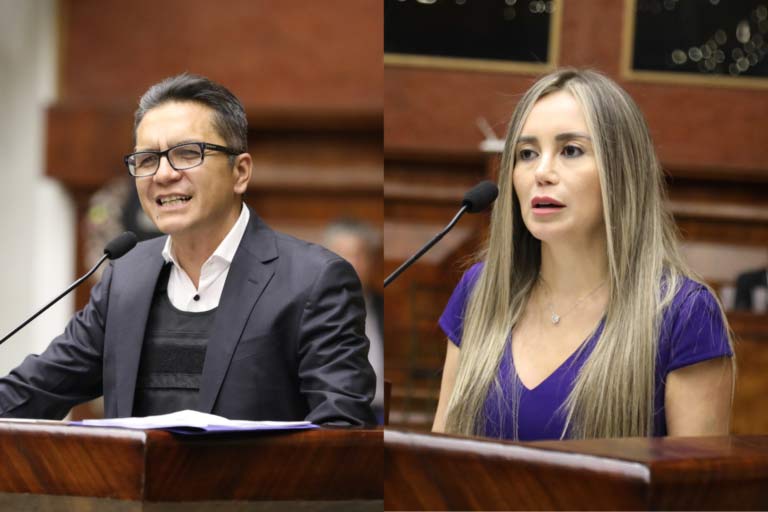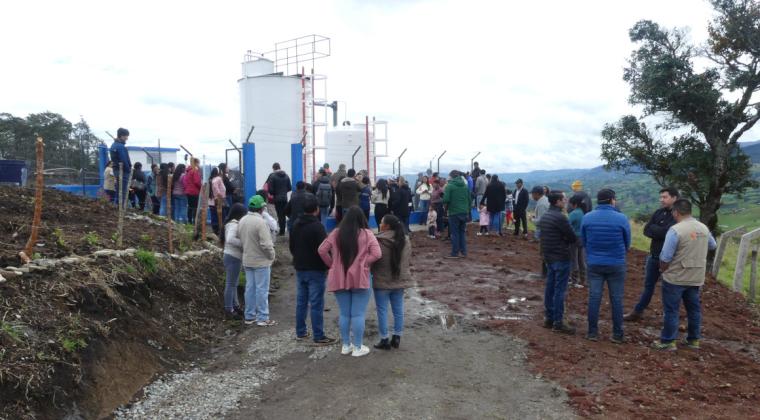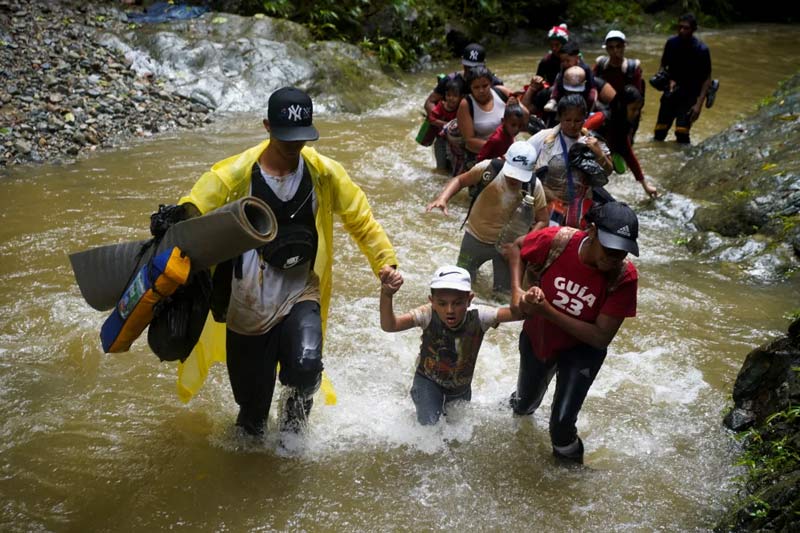Chances of an El Niño continue to rise as Correa calls for preparation
A new report by four weather organizations have increased the likelihood of an El Niño later this year to 70%. Two weeks ago, one weather model said there was a 60% chance of the weather phenomenon caused by higher water temperatures in the Pacific Ocean.
President Rafael Correa said last week that he is beginning a series of meetings with the country’s emergency services to make sure they are prepared in case the predictions come true.
In a report issued May 20, the International Agency for Research for Climate Research,said that conditions in the Pacific Ocean are similar to those that preceded the El Niños of 1982 – 1983 and 1997 – 1998. Those events destroyed Ecuador’s rail system and devasted parts of the coast with flooding rains and landslides.
Rony Martinez, scientific coordinator for the research agency says that water temperatures in the Pacific “continue a sustained increase .” He explained that El Niños are formed thousands of miles west of Ecuador and Peru when temperatures in the upper 200 meters of ocean waters rise two to three degrees Celsius.
Martinez says his staff is monitoring information from a U.S. weather satellite as well as other sources that provide data on weather conditions in the Pacific.
Mike McPhaden of the U.S. National Oceanic and Atmospheric Agency (NOAA) says that data indicates that the sea level near Indonesia is slightly elevated, another indicator of El Niño formation. “The models are very similar to those before the 1997 El Niño,” he said. “This is not good news for the west coast of South America and it could affect Central America and the U.S. if the process continues.”
If an El Niños occurs, it would create torrential rainfall on Ecuador’s coast from about December to April.
Correa says the country must prepare for the worst. “The weather models are not conclusive but they show a high chance of an El Niño beginning late this year. We remember how bad previous El Niños have been and we need to begin now to prepare.”
During the 1997 – 1998 El Niño, tens of thousands of homes and buildings were flooded and several thousand were lost. The coastal highway became impassable in many locations due to landslides and several communities were isolated. It took more than a year to reopen the highway and longer to clear secondary roads.
Graphic credit: El Telegrafo





















